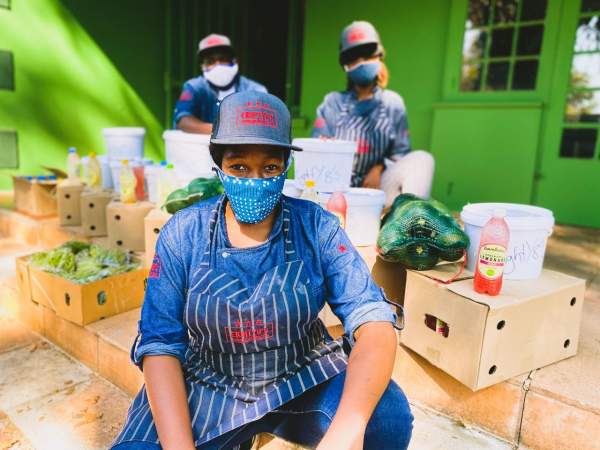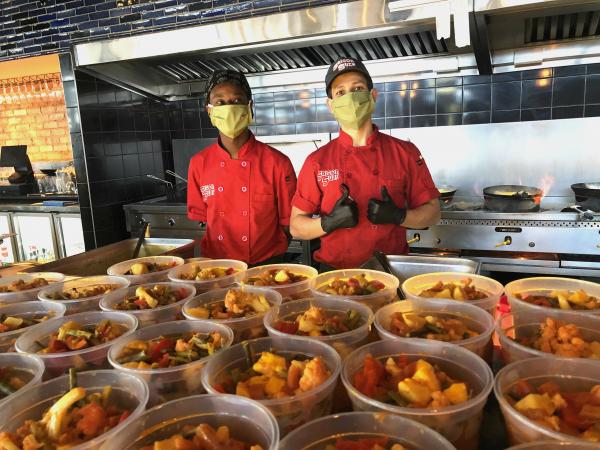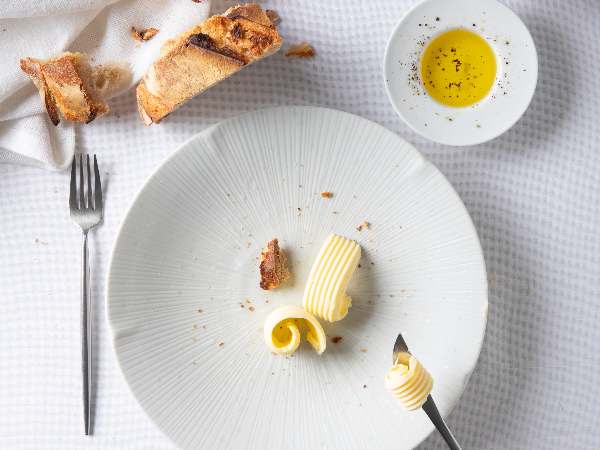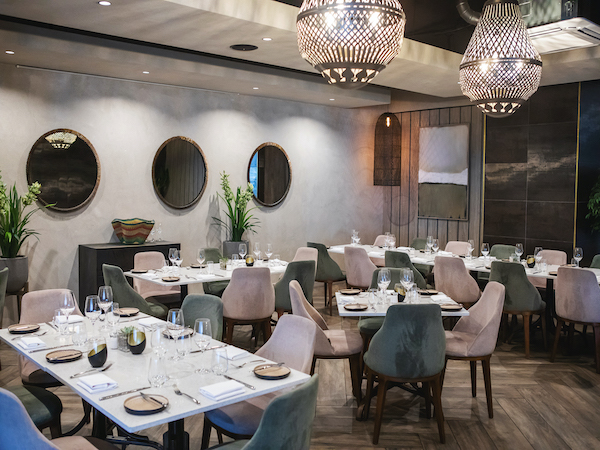News
What eating out after lockdown will look like
Thursday, June 4th, 2020With the number of days of South Africa’s nationwide lockdown is now nearly into the 70s, that cosy bustle and aroma of your favourite coffee shop might feel like a distant memory. So might the collective hum of a crowded bar in summer or going out to your beloved Italian restaurant to celebrate a birthday, anniversary, a family member being in town or getting a promotion. Restaurants are intrinsically gathering places – and they were ripped from our lives in the blink of an eye. What’s worse is that we don’t know how many will still be standing when the lockdown finally comes to an end.
At Eat Out we’ve been observing and reviewing the dedicated and passionate hospitality industry in South Africa for 22 years, and we are now witnessing the unprecedented devastation this invisible enemy has had on our beloved restaurants. In the last two months, it’s been made clear that the COVID-19 pandemic will reset many industries, with restaurants being among the most affected. Being in isolation has made us sharply aware of what it takes to be in the hospitality industry. Those that go into the business do it because they want to give something of themselves to the world and to make others happy. There’s so much more than money being exchanged. Chefs have a passion for food and serving it to others, and this won’t go away. What will be lost though, is the way in which we used to behave. The experiences that we once knew and loved will not exist in the same form.

New regulations around physical distancing will alter the way that we feel in restaurants. And it’s this transition from before to after COVID-19 that will test us on many levels. Forget about that table of ten you booked months ago for your 40th. Establishments will have to re-engineer their spaces to meet strict distancing requirements. Mediamatic ETEN restaurant in Amsterdam has almost gone viral with its individual glass ‘boxes’ that separates guests, and Penguin Eat Shabu hot pot restaurant in Bangkok has erected little plastic cubicles for each person. But will we tolerate this kind of isolation in restaurants enough to go to them in the first place? In a written piece for global restaurant publication Eater, freelance writer Andrew Genung went out for a casual dinner in Hong Kong and described seeing every member of staff wearing a mask as jarring.
The awareness of hygiene will rise and we’ll be looking for places that have the most stringent protocol. Expect to see disposable menus, cutlery enclosed in packaging, and a lot of temperature checking and hand sanitising. Butlers Pizza, South Africa’s oldest delivery-only platform, decided not to operate under the Level 4 lockdown regulations, holding back on the delivery of its popular pizzas until the highest standards of health and safety measures are implemented. The business is enrolling its staff in a reskilling programme that will be conducted virtually by Silwood School of Cookery.
A shift to the future
“With great shifts come great opportunities. Creative vision is needed to navigate something we’ve never seen before,” says Studio H’s Hannerie Visser, who released their annual Future of Food report at the beginning of the year. Indeed, this is a time of re-assessing the way we do things. And there are already chefs who have momentous plans for when restaurants can trade again. Liam Tomlin of Chefs Warehouse fame says that he’s going to be introducing things he’s never done before and changing a lot in his business – but in order to be sustainable, he still needs to meet capacity. “A hundred-seater restaurant is geared to serve a hundred people, no less,” he says. So innovation will be necessary. The spontaneity of going out to eat at the last minute will no longer exist. Everyone will be making reservations, which currently isn’t a model he subscribes to. That, and the concept of two seatings a night. The food we eat will also be different. Menus will begin to feature hyper-local items to ensure that the surrounding communities are being supported. Connection to suppliers will have a deeper meaning and cooking food with purpose will be paramount.

The team at Eighty8 in Joburg have been cooking food in their kitchen for those in need.
“Dishes will be prepared with the least number of steps involved in the handling of food from raw ingredient until it finally reaches the plate,” says Merizle Mitrovich, head of faculty at The Institute of Culinary Arts in Stellenbosch, which has trained many of the country’s top chefs. “In the past few years – even before the pandemic – we’ve seen chefs adopting more sustainable, sensible and ‘toned-down’ cooking techniques, and this will definitely continue.” Tony Jackman predicts that an entirely new cuisine could emerge from the “lockdown chrysalis”.
This pandemic has also highlighted the world’s broken food system and the lack of access to healthy, nutritious sustenance. Eat Out aims to combat this with the newly launched Eat Out Restaurant Relief Fund in partnership with Community Chest. The Fund offers financial support to restaurants in order to help them pay their staff and to buy food – to keep them in business as they provide food to hungry families via NPOs and feeding schemes. Eat Out receives no commercial benefit and all money donated goes directly to restaurants.

Keeping restaurant kitchens open has been one of the core objectives of the Eat Out Restaurant Relief Fund.
There will be a distilling, taking everything back to the essentials – making us question our consumption patterns, and enabling us to cherish simplicity. This is a concept that renowned trend forecaster and futurist Li Edelkoort highlights in many of her talks. She says, “The virus is taking care of all these things that needed to happen; less travel, fewer planes, less work, less consumption, less spending. Nobody knew how to jump off this hamster wheel. We now have the unique opportunity to reset society”. After a crisis, Li says there is always the longing for fun – so we might see a resurgence in cultural and creative experiences like dancing, art and poetry. A modern-day version of the roaring 20s, if you will.
Though the present is grim, no matter how different tomorrow looks, humans inherently want to connect and socialise. Restaurants have the unparalleled ability to facilitate this. It’s how each restaurant, and the industry as a whole, adapts to this seismic shift that will define the future of eating out.
This piece first appeared in the Daily Maverick on 15 May 2020.
To find out more about how you can donate to the Eat Out Restaurant Relief Fund, visit help.eatout.co.za.












